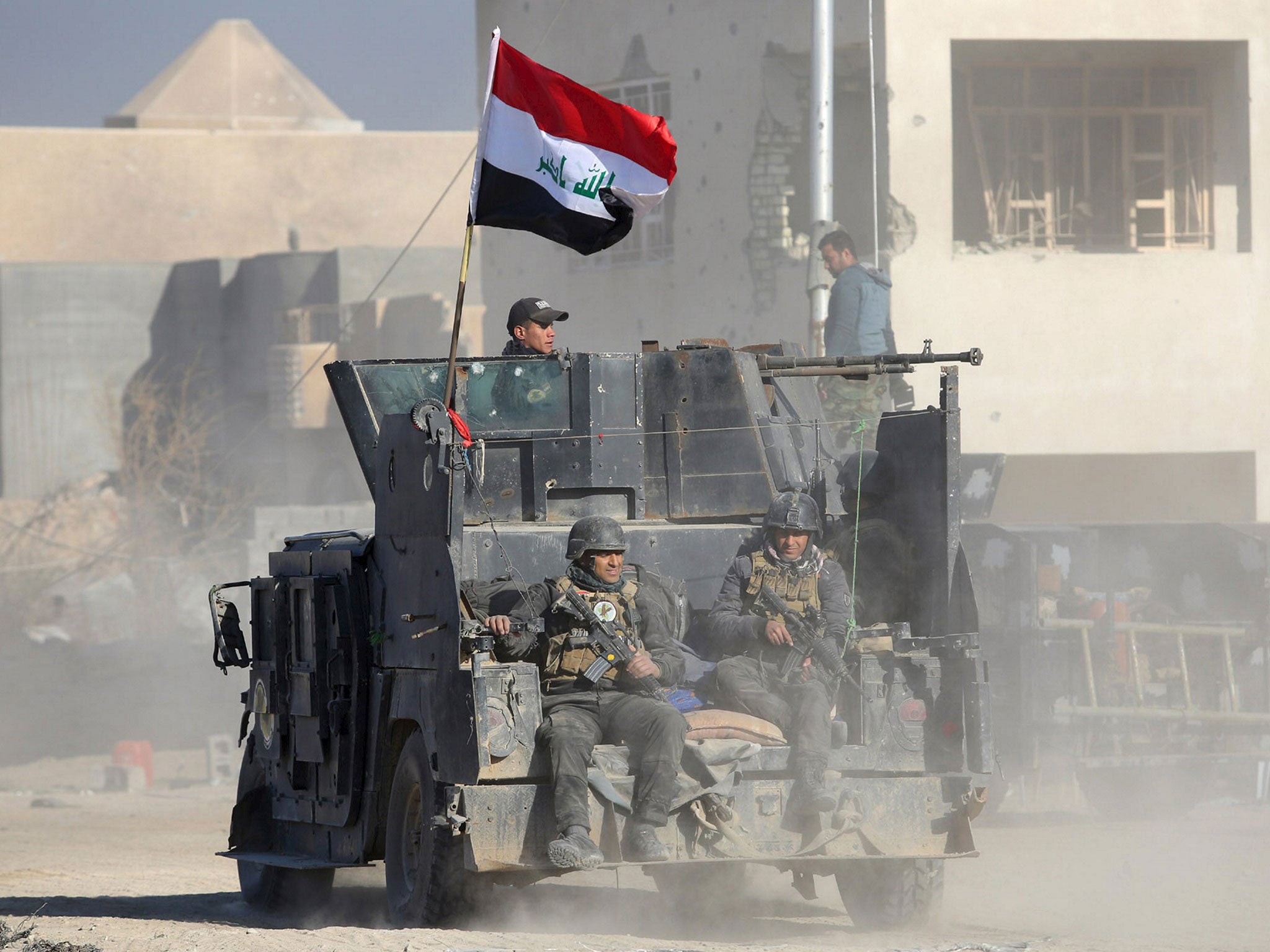Isis air strikes: Cockpit footage shows RAF fighter jet firing Brimstone missiles through windows in Iraq
The RAF is carrying out numerous strikes supporting Iraq forces as they push back Isis fighters around Ramadi
Your support helps us to tell the story
From reproductive rights to climate change to Big Tech, The Independent is on the ground when the story is developing. Whether it's investigating the financials of Elon Musk's pro-Trump PAC or producing our latest documentary, 'The A Word', which shines a light on the American women fighting for reproductive rights, we know how important it is to parse out the facts from the messaging.
At such a critical moment in US history, we need reporters on the ground. Your donation allows us to keep sending journalists to speak to both sides of the story.
The Independent is trusted by Americans across the entire political spectrum. And unlike many other quality news outlets, we choose not to lock Americans out of our reporting and analysis with paywalls. We believe quality journalism should be available to everyone, paid for by those who can afford it.
Your support makes all the difference.The Ministry of Defence has released cockpit footage of the moment a fighter jet shot Brimstone missiles through the windows of an Isis building in Iraq.
Militants armed with machine guns were firing on Iraqi forces from inside as troops continue to push the so-called Islamic State back from areas around its former stronghold of Ramadi.
RAF Tornadoes were among the British aircraft providing air support during the battles.
“When machine-gunners opened fire on the Iraqis from the windows of a single storey building, the Tornados launched a pair of Brimstone missiles which accurately struck both windows,” a Ministry of Defence (MOD) spokesperson said.
On the same day, 3 February, Typhoons destroyed a building used by a terrorist group with a Paveway missile and two Isis units armed with heavy machine guns and rocket-propelled grenades were also hit as they fought Iraqi troops.
The MoD gave no estimate of deaths or casualties but said that the strikes were “carefully planned” and the precision of the laser-guided bombs meant friendly forces were not hurt.
Tornado jets also “accounted for” four groups of terrorist fighters with guns and mortars and a JCB that had been converted into a “large booby-trap” hidden in trees next to a road.
There have been numerous strikes in Iraq in recent days, mostly around Ramadi, as Iraqi forces seek to re-gain ground lost to Isis since its rapid advance in 2014.
Other air strikes have targeted countryside around Fallujah, where the group also operates, and Habbaniyah.

Targets destroyed include several Isis groups, fighting positions, mortars, heavy machine guns, armoured vehicles, buildings, command posts, weapons stores and a workshop producing truck-bombs.
The RAF has also deployed a Voyager air refuelling tanker, Sentinel surveillance aircraft and Reaper drones in the area.
The most recent British air strikes in Syria were carried out last month, hitting Isis’ underground tunnels, defensive positions and equipment for repairing damage from 29-31 January.
It was the first time the RAF had used Brimstone missiles in the country, where more than a dozen countries including the US-led coalition, Russia and Syrian government are conducting air campaigns.
Despite the insistence by all parties that only “terrorists” would be targeted, there have been several unconfirmed reports of civilian casualties.
The US military has admitted killing at least eight civilians in less than three months of air strikes in Syria and Iraq last year, including someone overtaking an Isis vehicle on a motorbike as it was hit and bystanders killed by missiles.
A spokesperson for Central Command said the Coalition takes “all feasible precautions to avoid civilian casualties” and there were no violations of international law.
The death count only covers the period from April to June last year and further claims of casualties in Syria and Iraq are being investigated, including the alleged killing of at least 26 civilians, including children, in Syria’s Hasakah province in December.
On Tuesday, humanitarian organisation Doctors Without Borders (MSF), said air strikes hit one of its hospitals in southern Syria, killing three people and wounding six more.
The group did not say which party in the civil war was believed to be responsible for targeting the Tafas field hospital, in an area believed to be controlled by anti-government rebels.

Join our commenting forum
Join thought-provoking conversations, follow other Independent readers and see their replies
Comments